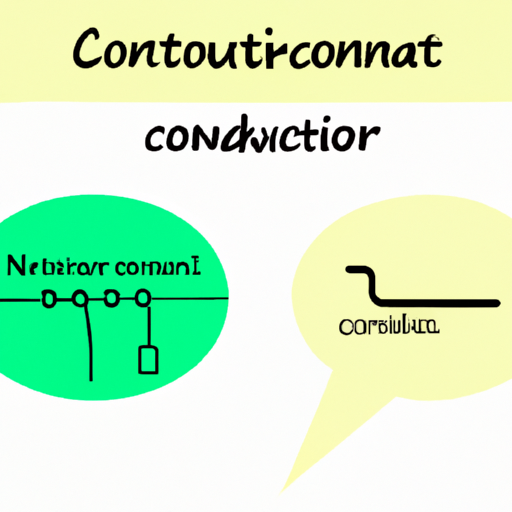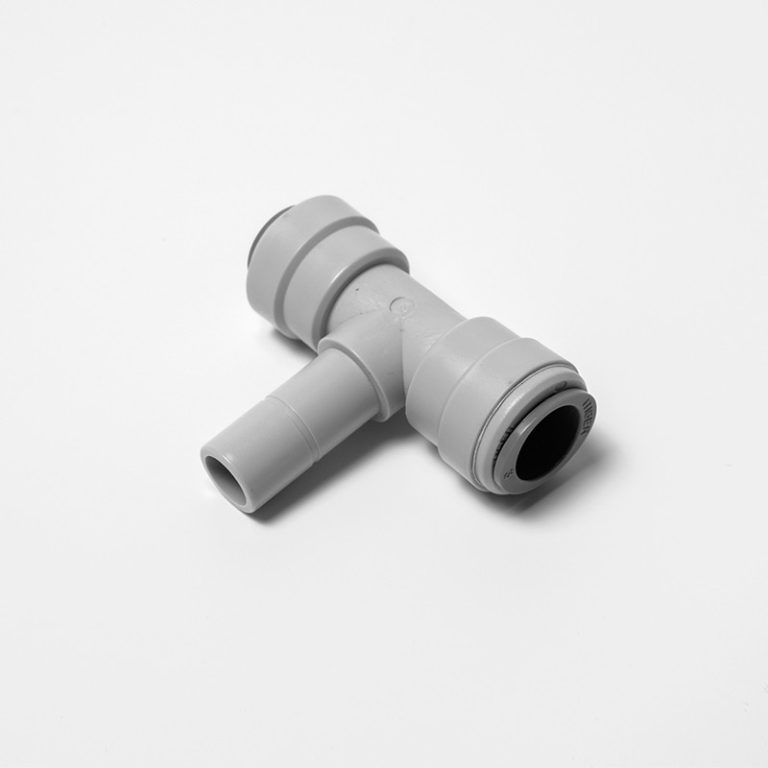“تعكر عالي، وضوح منخفض – حماية جودة المياه لديك.”
تأثيرات العكارة العالية على جودة المياه
أحد الاهتمامات الرئيسية المتعلقة بارتفاع مستويات التعكر في المياه هو التأثير على النظم البيئية المائية. يمكن للجسيمات العالقة أن تمنع ضوء الشمس من الوصول إلى النباتات المائية، مما قد يعطل عملية التمثيل الضوئي ويضر في النهاية بالسلسلة الغذائية بأكملها. بالإضافة إلى ذلك، يمكن أن تسد العكارة العالية خياشيم الأسماك والكائنات المائية الأخرى، مما يجعل من الصعب عليها التنفس والحصول على الأكسجين. يمكن أن يؤدي ذلك إلى انخفاض أعداد الأسماك والأنواع المائية الأخرى، مما يخل بتوازن النظام البيئي.
بالإضافة إلى آثاره على النظم البيئية المائية، يمكن أن يكون للعكارة العالية أيضًا آثار كبيرة على جودة مياه الشرب. غالبًا ما يكون التعكر مؤشرًا على وجود ملوثات أخرى في الماء، مثل البكتيريا والفيروسات والطفيليات. عندما تكون مستويات التعكر مرتفعة، قد يكون من الصعب إزالة هذه الملوثات من خلال عمليات معالجة المياه التقليدية، مما يزيد من خطر الإصابة بالأمراض المنقولة بالمياه بالنسبة لأولئك الذين يستهلكون المياه. في الحالات القصوى، يمكن أن تؤدي مستويات التعكر المرتفعة إلى تحذيرات من غليان الماء أو إغلاق مرافق معالجة المياه، مما يترك المجتمعات دون إمكانية الوصول إلى مياه الشرب الآمنة.
علاوة على ذلك، يمكن أن يؤثر ارتفاع التعكر على الأنشطة الترفيهية التي تعتمد على مصادر المياه النظيفة. تعد السباحة وركوب القوارب وصيد الأسماك من الأنشطة الترفيهية الشهيرة التي يمكن أن تتأثر سلبًا بمستويات التعكر العالية. يمكن أن تجعل المياه الغائمة من الصعب رؤية المخاطر مثل الصخور أو الحطام، مما يزيد من خطر وقوع حوادث وإصابات. بالإضافة إلى ذلك، فإن العكارة العالية يمكن أن تجعل المياه غير مريحة للسباحة أو صيد الأسماك، مما يقلل من الاستمتاع بهذه الأنشطة للمستخدمين الترفيهيين.
من أجل معالجة الآثار السلبية للعكارة العالية على جودة المياه، من المهم فهم مصادر العكارة و اتخاذ خطوات للحد منها. يعد التآكل الناتج عن مواقع البناء والزراعة وإزالة الغابات من المصادر الشائعة للرواسب التي يمكن أن تساهم في ارتفاع مستويات التعكر في المياه. من خلال تنفيذ تدابير مكافحة التآكل مثل الحواجز النباتية، وأسيجة الطمي، وبرك الرواسب، من الممكن تقليل كمية الرواسب التي تدخل مصادر المياه وتحسين جودة المياه.
في الختام، يمكن أن يكون لمستويات التعكر العالية في المياه نطاق سلبي التأثيرات على النظم البيئية المائية، ونوعية مياه الشرب، والأنشطة الترفيهية. ومن المهم مراقبة مستويات التعكر في مصادر المياه واتخاذ خطوات لتقليل مصادر الرواسب من أجل حماية جودة المياه وصحة البيئة والسكان. ومن خلال معالجة الأسباب الجذرية لارتفاع معدلات التعكر، يمكننا العمل على ضمان مصادر مياه نظيفة وآمنة للجميع.

One of the primary concerns with high turbidity levels in water is the impact on aquatic ecosystems. Suspended particles can block sunlight from reaching aquatic plants, which can disrupt photosynthesis and ultimately harm the entire food chain. Additionally, high turbidity can clog the gills of fish and other aquatic organisms, making it difficult for them to breathe and obtain oxygen. This can lead to decreased populations of fish and other aquatic species, disrupting the balance of the ecosystem.
In addition to its effects on aquatic ecosystems, high turbidity can also have significant implications for drinking water quality. Turbidity is often an indicator of the presence of other contaminants in water, such as bacteria, viruses, and parasites. When turbidity levels are high, these contaminants can be more difficult to remove through traditional water treatment processes, increasing the risk of waterborne illnesses for those who consume the water. In extreme cases, high turbidity levels can even lead to boil water advisories or the shutdown of water treatment facilities, leaving communities without access to safe drinking water.
Furthermore, high turbidity can impact recreational activities that rely on clean water sources. Swimming, boating, and fishing are all popular recreational activities that can be negatively affected by high turbidity levels. Cloudy water can make it difficult to see hazards such as rocks or debris, increasing the risk of accidents and injuries. Additionally, high turbidity can make water unpleasant to swim or fish in, reducing the enjoyment of these activities for recreational users.
In order to address the negative effects of high turbidity on water quality, it is important to understand the sources of turbidity and take steps to reduce them. Erosion from construction sites, agriculture, and deforestation are common sources of sediment that can contribute to high turbidity levels in water. By implementing erosion control measures such as vegetative buffers, silt fences, and sediment ponds, it is possible to reduce the amount of sediment entering water sources and improve water quality.
In conclusion, high turbidity levels in water can have a range of negative effects on aquatic ecosystems, drinking water quality, and recreational activities. It is important to monitor turbidity levels in water sources and take steps to reduce sources of sediment in order to protect water quality and the health of both the environment and human populations. By addressing the root causes of high turbidity, we can work towards ensuring clean and safe water sources for all.







